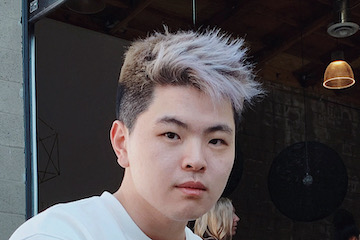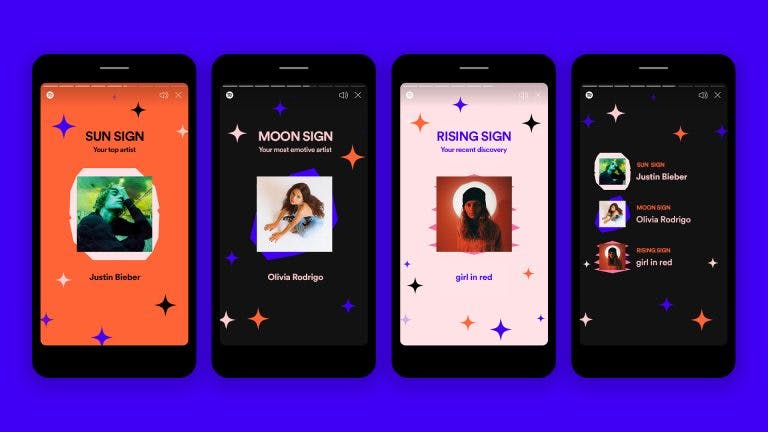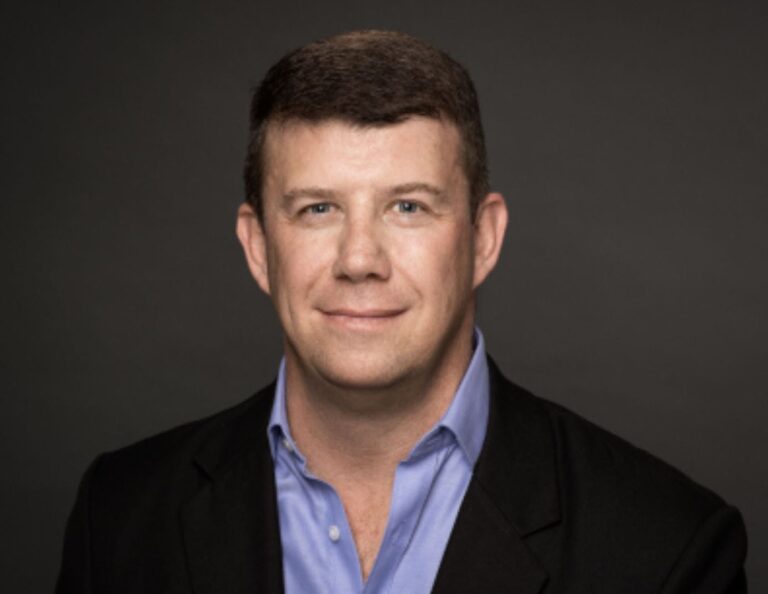
Wong: Our lashes are priced much lower than many competitors. We do not have enough gross profit margin to compete on advertising against larger companies. So we focus on organic efforts and our social media channels. Social, organic, and influencers generate 60%, 70% of our revenue.
Most micro-influencers between 10,000 to 100,000 followers will exchange promotions for products. We built an internal bot to receive an influencer’s bio and other information and automatically create Shopify orders to send her our products.
Wong: We’re also on Amazon, and we have a retail presence at Urban Outfitters. That’s pretty much it. We sell wholesale outside of the U.S. For example, we have a distributor in the Philippines. But DTC on our website is 95% of total revenue. Amazon is roughly 4%. Not much for wholesale.
Combined, all of those makes for a very unpleasant experience. Wong: The pandemic has helped a lot. Sales from mascara, eyeliner, and false lashes increased industry-wide by 225% in 2020 because of the mask requirements. There’s also the Zoom effect, where the focus is on the face. Our sales exploded, up 1,000% in 2020. It’s good and scary. Without external funding, we had to balance operation expenses, hiring, inventory, and research and development.
I was looking for another brand to start. I told myself, “Maybe I can fix this.” Curiosity got the best of me. I flew to China for another company that I was sourcing for. While there, I checked out factories for lashes. I discovered the good and the bad about the lash industry. That’s how I got into it.
We had three stockouts last year that hurt us. Plus, the logistic nightmare of everyone trying to move personal protective equipment. Freight and even container allocations were often non-existent. I had to be very creative in negotiating payment terms with suppliers to cut costs.
Wong: We have a low-cost approach to influencer marketing. Instead of engaging with macro-influencers, those with more than 100,000 followers, we went with smaller ones that don’t get as many brand opportunities. We try to understand why influencers want to work with us. Is it exchange for products? Is it money?
Wong: We’re based in California. We recently downsized to seven people. We had a few more, but then we consolidated roles and implemented automation. Anything that we could automate we did. We brought in consultants to help us streamline internal communication and build systems and processes to generate purchase orders and forecast inventory. All of that allowed us to reduce human hours.
Bandholz: How do you drive folks to your website?
Wong: Lashes are typically mass-produced with machines from the same stuff in nylon ropes, just thinner. They usually come in a standard eye shape. They’re not very flexible. The tips are plastic. They poke your eyes whenever you blink. Plus, the hairs in lashes are heavy on your eyes. Human eyelids don’t have much muscle to hold the extra weight.
That’s the experience we ultimately created.
“I noticed my girlfriend was struggling with her lashes,” he told me. “She was doing her makeup. It took a long time. Then I started observing. For my girlfriend, putting on lashes was difficult and uncomfortable. I told myself, ‘Maybe I can fix this.’”
Bandholz: What’s your process with influencers?
Bandholz: What is the long-term plan for Doe Lashes?
Smaller influencer accounts often want to build a portfolio to attract more brands as clients. Those accounts might say, “I worked with Doe. This is the content I made for them. Can I work with you?”
We found a factory in China that controlled the entire process. We paid three times the amount of other providers but knowing that the materials are ethically sourced was the priority.
Bandholz: Is it better now?
Bandholz: How big is your team?
Whenever we reach out to them, if they agree to it, all they have to do is click the link that we built, and they’ll place an order. It will automatically go into Shopify. Effectively, we reduced the time to interact with an influencer to nearly two or three minutes. By condensing that down, we’re able to scale our influencer marketing.
Wong: I can’t say, “Everything is looking great and dandy.” Doe Lashes, when we launched two years ago, was purely an eyelash brand. But there’s a bigger play, to expand from a lash brand to an eye product brand. We can make eye cream, brightening sticks, contact lenses, mascara. These are areas that we can expand into. Doe has larger ambitions. We need more money to fund it.
Then, after we had a large library of influencers working with us, we started picking which ones are engaging the best.
I launched Doe Lashes about two years ago. I noticed my girlfriend was struggling with her lashes. She was doing her makeup. It took a long time. I waited for her. Then I started observing. Lashes are usually the last step when applying makeup. You put everything on your face, and then you put on lashes. For my girlfriend, putting on lashes was difficult and uncomfortable.
It was a process of constantly keeping our heads above water.
Bandholz: Is Doe Lashes entirely direct-to-consumer through your website?
Fast forward to 2021, and Doe Lashes is a thriving, seven-person ecommerce business, having experienced a 1,000% increase in sales in 2020. He and I recently discussed the company’s launch, growth headaches, sourcing strategies, and more.
Bandholz: How can listeners reach you and support your company?
Our entire audio conversation is below. The transcript that follows is edited for length and clarity.
Bandholz: How are lashes made? Why are they uncomfortable?
Eric Bandholz: Tell us about Doe Lashes.
Wong: I’d love to get acquired in a few years and move to the next project. My personality is to jump around and do different things. I need to be everywhere. I need to teach. I need to do lashes. I have a supply chain company in China. I need to be doing something constantly. I have to work on different projects to keep my mind fresh across multiple industries.
Wong: I am on Instagram — @pug. On Twitter, I’m @eggroli. I always answer my direct messages. Our website is DoeLashes.com.
We have two persons on social media, one for operations, one for customer support. We have a general manager, a graphic designer, and an outside marketing agency. We also retain freelancers for video design, computer-generated rendering. Occasionally, we’ll bring in consultants to help refine our processes.
It was hard to scale because we didn’t have enough money. There’s a lot of headaches with scaling. That is seldom discussed. Everyone talks about growth and marketing but not the implications of scaling.
What prompts an entrepreneur to enter the eyelash industry? For Jason Wong, it was watching his girlfriend apply makeup. Just 23, Wong is a Los Angeles-based serial entrepreneur and consultant. His latest company, Doe Lashes, launched two years ago as a direct-to-consumer seller of comfortable, lightweight eyelashes.
To start, we changed the supply chain. A lot of lash companies were unknowingly sourcing from North Korea. E.l.f Cosmetics, a U.S.-based company, paid a million fine to the U.S. government in 2017 for violating trade sanctions with that country. Many other brands were doing the same thing by buying from China-based manufacturers who had purchased raw materials from North Korea.
We’ve been bootstrapped since we started — no outside funding. We’ve been creative in working with lenders, credit cards, financing firms.
Bandholz: Has the pandemic affected Doe Lashes? With a mask, eyes are more prominent.
Wong: Doe is our beauty brand focusing on comfortable eye products. Lashes are the first offering. So far it’s been our hero product.
Second was redesigning lashes from the ground up. I broke apart the lashes and figured out what I could change, such as the glue from the hair to the band, a band with different types of cotton, and different hair. We’re known for our soft silk hair. It’s synthetic silk. When you brush your finger across the silk, it feels like real lashes. Being synthetic is how we are cruelty-free.





